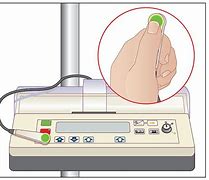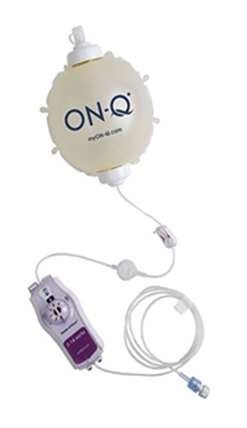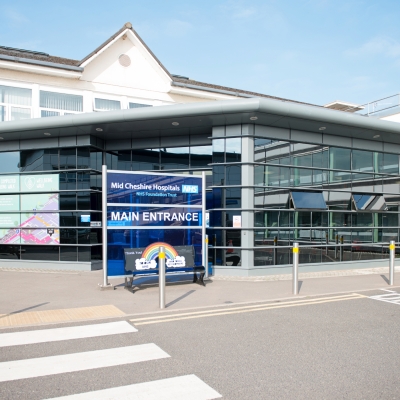
Patient Controlled Analgesia (PCA)
In order to enhance your recovery, it is important that pain is as well controlled as possible as we need you to be able to do your breathing exercises, cough and mobilise in comfort. While you may not be pain free, it is important that your pain is minimal to allow you to carry out these things.
Patients therefore usually have a PCA (patient-controlled analgesia) system allowing self-administration of pain relief; this is usually removed on the first or second day after surgery.
This method of pain control relies on a special pump, which contains strong pain relief. The PCA pump is connected to a hand held button, which when pressed gives a small amount of pain-relieving medicine straight into a vein usually in your arm or hand.
What are the benefits of patient-controlled analgesia?
- You are in control of your pain relief
- There is no delay in receiving pain relief
- It starts to work within 5 minutes
- Safe and effective prescriptions
Can I give myself to much?
NO, once the handset is pressed, the pump locks itself usually for 5 minutes, so that you cannot receive another dose no matter how many times you press the button within the prescribed time period.
How often should I press the button?
You can press the button as often as you feel you need to. As everyone is individual, levels of pain varies between individuals, so you are the best person to decide how much pain medication you need. It is important not to consider the fear of addiction, as you will have had an operation and you need the pain medication to help you get better.
There will also be other types of oral pain-relieving medicines prescribed, which work in different ways and will be regularly administered, two to four times a day.
The Acute Pain service to aim to see you soon after your operation and ensure your pain is adequately managed, give advice on stepping down to oral pain killers and pain relief when you are ready to go home.
Pain is controlled in various ways depending on the type of surgery you have and your need. It will be discussed with you on an individual basis. The more comfortable you are the more able you will be to move about, so it is vital that you tell the nursing staff if your pain relief isn’t enough for you to take a deep breath and cough. It is also important that you can continue with the leg exercises that you will have been shown.
Managing side effects
Some patients experience side effects from painkilling drugs. These can include drowsiness, nausea or vomiting, indigestion (heartburn), constipation and rarely hallucinations. You will be offered medication to help relieve some of these side effects if you require them.
If you have any questions or concerns about your pain management, it is important that you discuss this with your nursing team.
Rectus Sheath Catheters

Another method of post-operatvie pain control is rectus cheath catheters. To help manage pain after surgery, rectus sheath catheters (RSCs) which are a small plastic tubes, which can be inserted into the wall of your abdomen (tummy) after some types of surgery. A continuous local anaesthetic infusion is given through the catheter which will numb the abdominal area.
RSCs can be placed at the end of surgery, either by the surgeon directly (most commonly), or the anaesthetist using ultrasound. The ends of the RSCs sit under the rectus muscle (the ‘six-pack’) and is connected to a small disposable pump; through this, local anaesthetic medication is given continuously. One RSC is placed on each side of the surgical incision (cut). Because of where the RSCs are placed, this local anaesthetic bathes some of the nerves in the abdomen, and provides pain relief. The RSCs usually stay in for 2 days, but this can be up to 5 days for some people.
The types of surgery where this can be done are operations involving a midline incision (cut down the middle of the abdomen), most commonly known as open surgery.
There is good evidence that RSCs provide excellent pain relief after this sort of surgery, and although you may still need some strong painkillers, you would probably not need so much. This means you may experience fewer side effects from these painkillers, which can help you recover sooner. Also, RSCs may help patients move around more after surgery and possibly spend less time in hospital.
